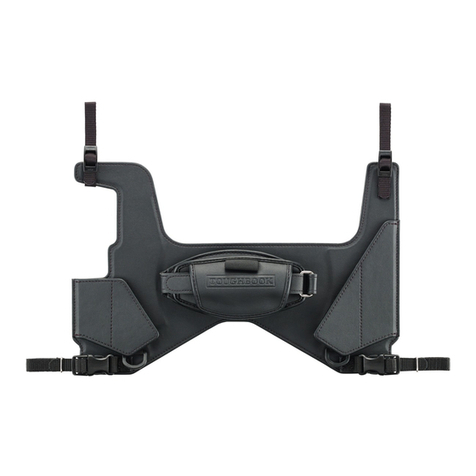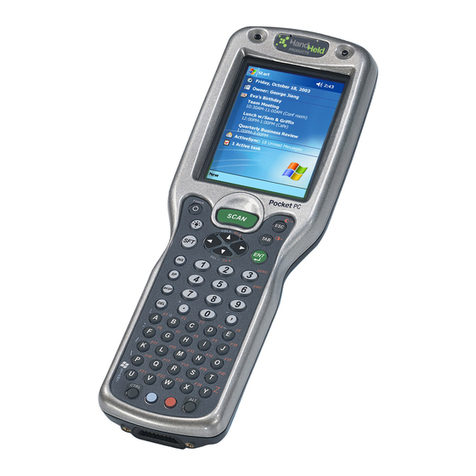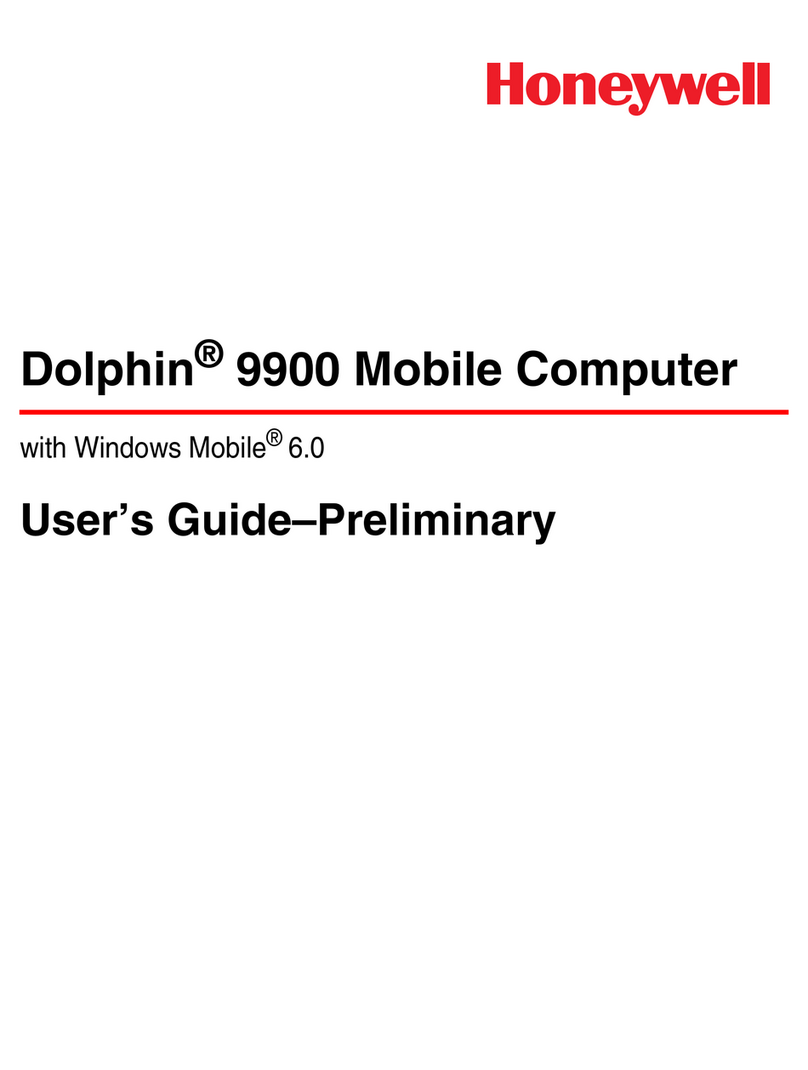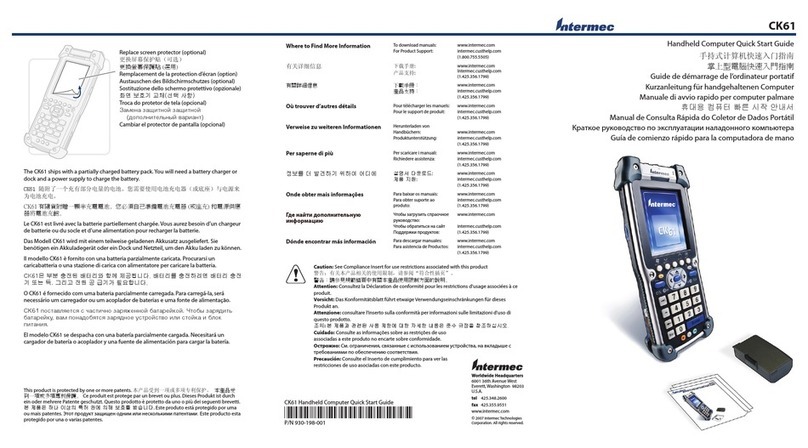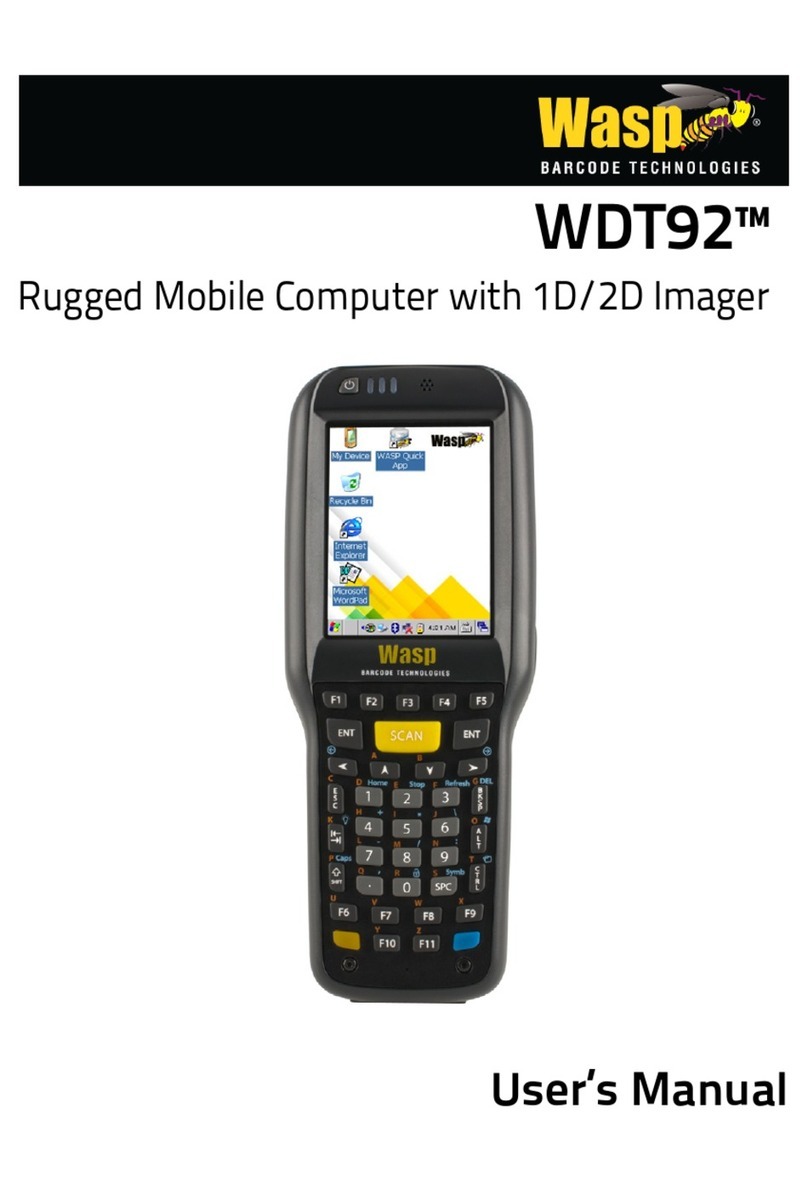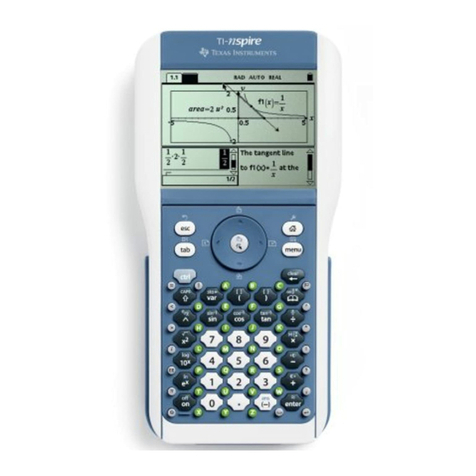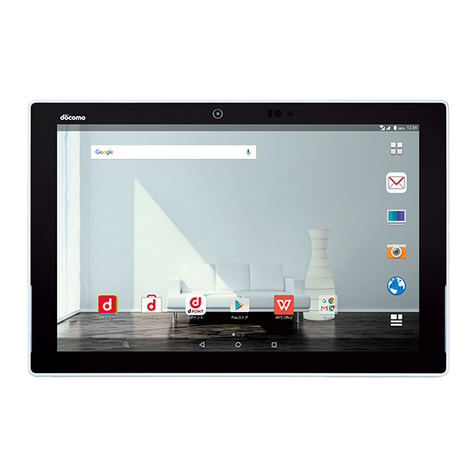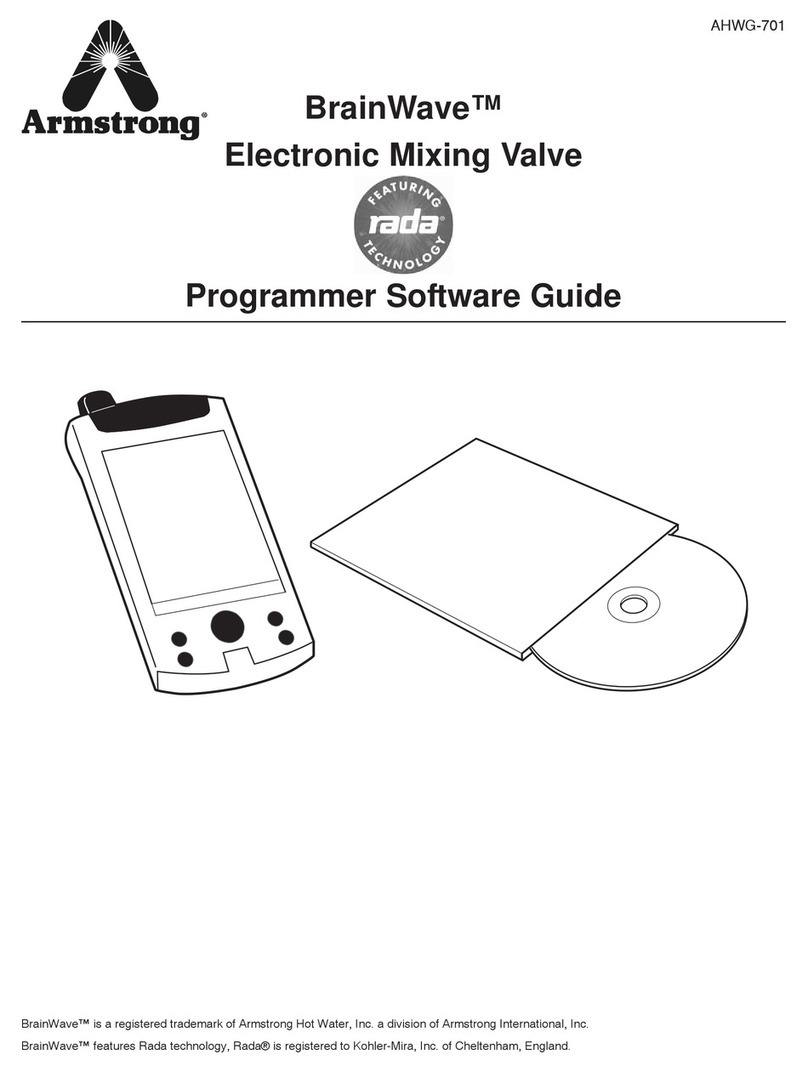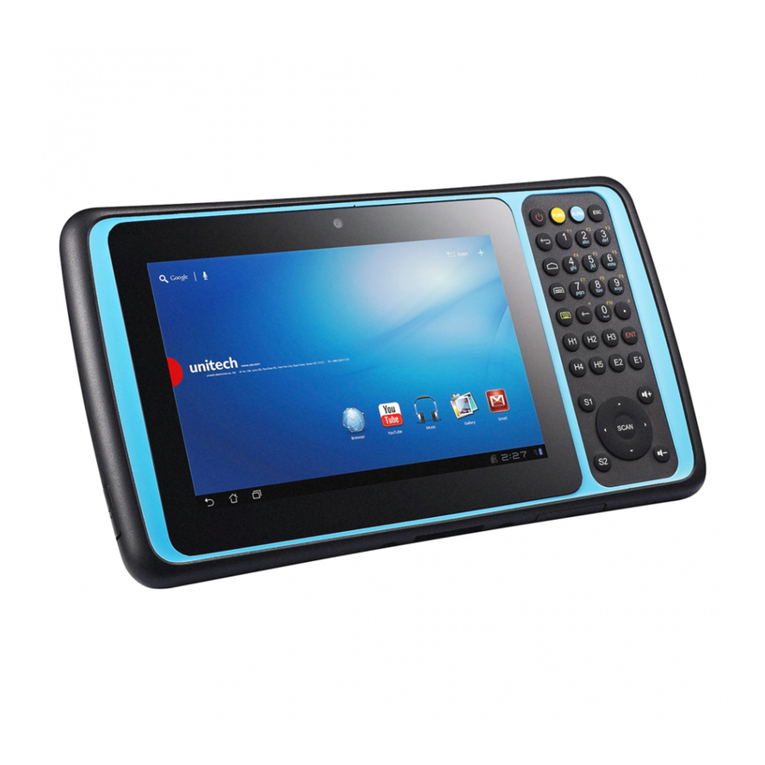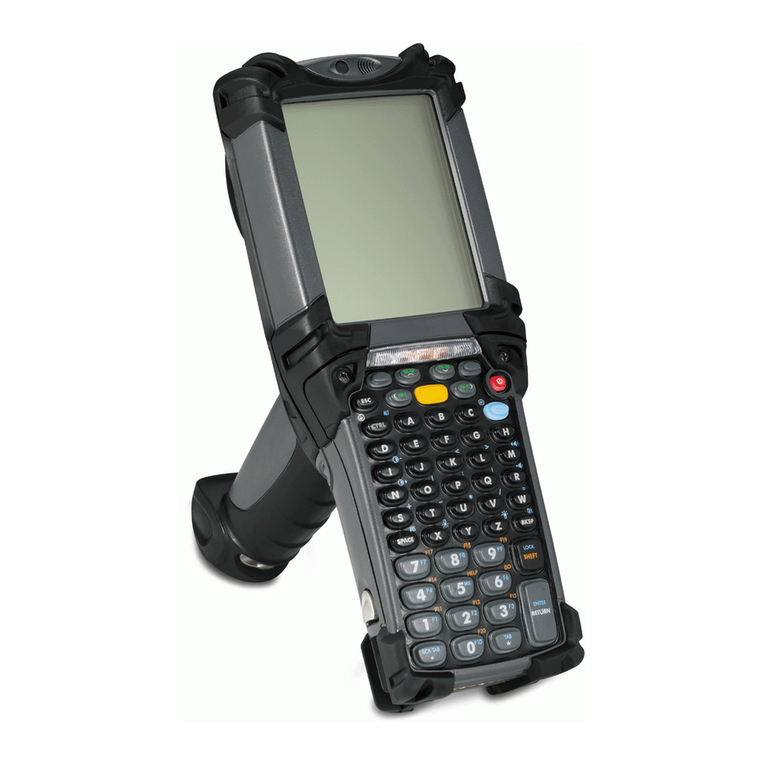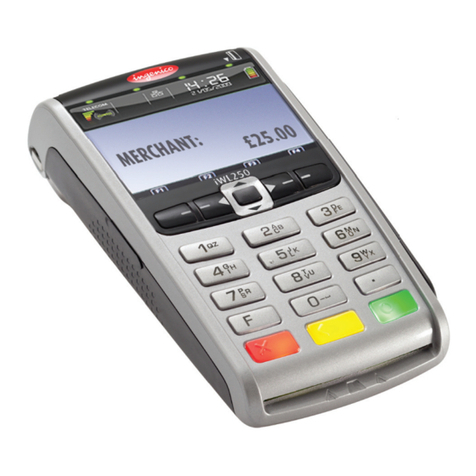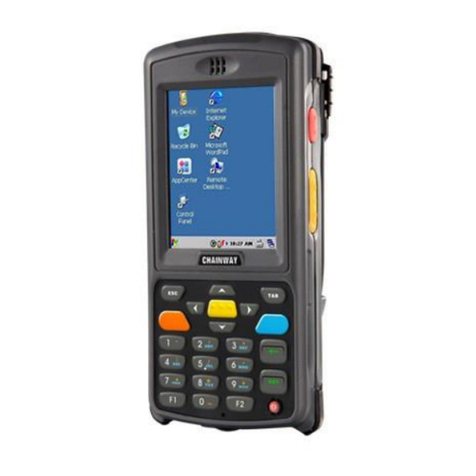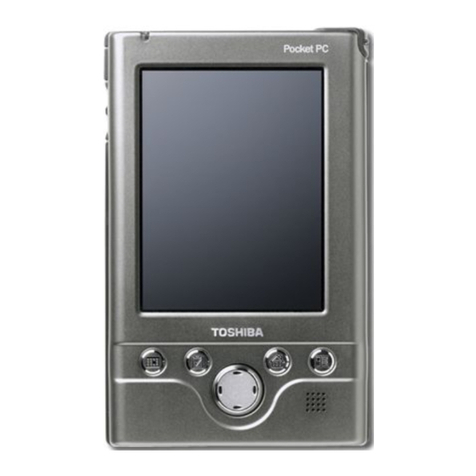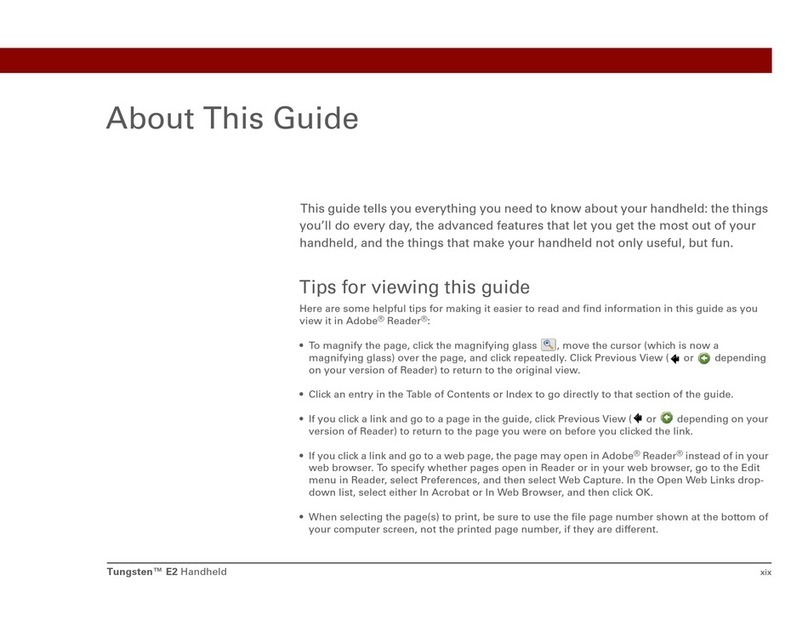9
- Reorient or relocate the receiving antenna.
- Increase the separation between the equipment and receiver.
- Connect the equipment into an outlet on a circuit different from that to which the receiver is connected.
- Consult the dealer or an experienced radio/TV technician for help.
FCC Caution: Any changes ormodifications not expressly approved by the party responsible for compliance could void the user's
authority to operate this equipment.
This device complies with Part 15 of the FCC Rules. Operation is subject to the following two conditions: (1) This device may not
cause harmful interference, and (2) this device must accept any interference received, including interference that may cause
undesired operation. Complies with 21 CFR 1040.10 and 1040.11 except for deviations pursuant to Laser Notice No. 50, dated
June 24, 2007.
This transmitter must not be co-located or operating in conjunction with any other antenna or transmitter.
Operations in the 5.15-5.25GHz band are restricted to indoor usage only.
Radiation Exposure Statement:
The product comply with the FCC portable RF exposure limit set forth for an uncontrolled environment and are safe for intended
operation as described in this manual. The further RF exposure reduction can be achieved if the product can be kept as far as
possible from the user body or set the device to lower output power if such function is available.
Note: The country code selection is for non-US model only and is not available to all US model. Per FCC regulation, all WiFi
product marketed in US must fixed to US operation channels only.
Please use only the specific belt-clips/holsters/accessories supplied by the SHIN CHUAN COMPUTER CO., LTD. For this
product or select a belt-clips, holsters or similar accessories that have no metallic component in the assembly and must provide at
least 1.5 cm separation distance between the device and the user's body.
Caution: Opticon declares that H25 ( FCC ID: TQ2-H25PDT-BWG )is limited in CH1~CH11 for 2.4GHz by specified firm-
ware controlled in U.S.A.
The FCC ID of H25 is TQ2-H25PDT-BWG
LED AND LASER SAFETY INFORMATION
Class II LED/Laser Product
Do not stare at the LED/Laser or shine into eyes
Do not allow young children to use the product without adult supervision
Do not replace/repair the LED/Laser, these are not user replaceable
Do not shine the LED/Laser on a shiny reflective surface
LASER RADIATION DO NOT STARE INTO BEAM CLASS 2 LASER PRODUCT
1.6 Recycling & disposal instructions.
Do not throw this product in the home waste bin.
1.7 Regulatory information.
For CE, FCC, RoHS and other Document of Conformities, consult the Contact Window of Shin Chuan Computer.
1.8 Product Labeling
The Device has several labels as shown in Figure 1-1 to 1-2.
